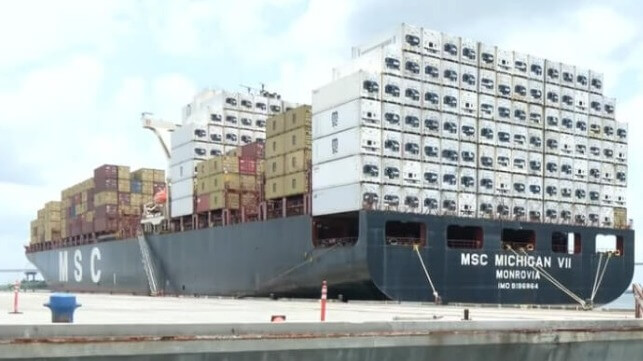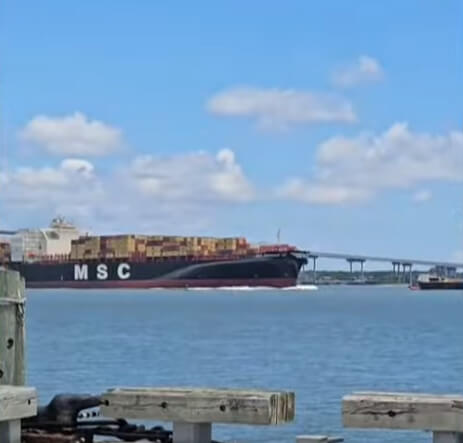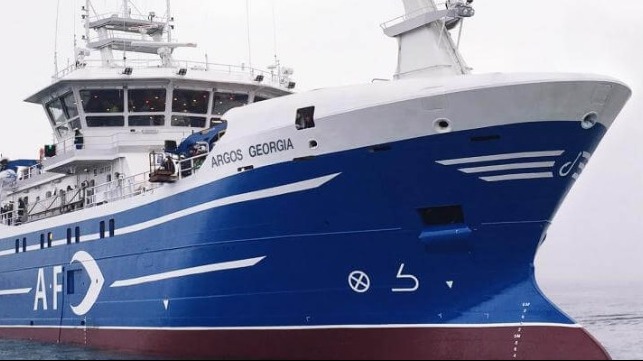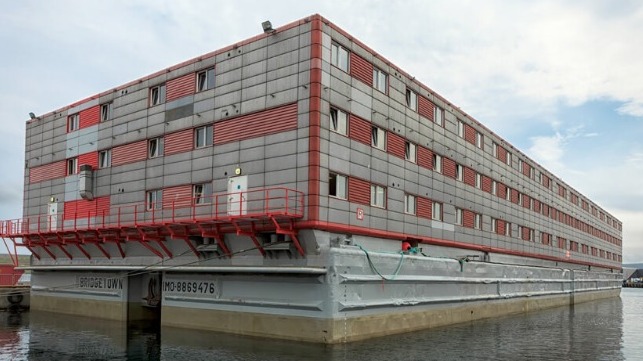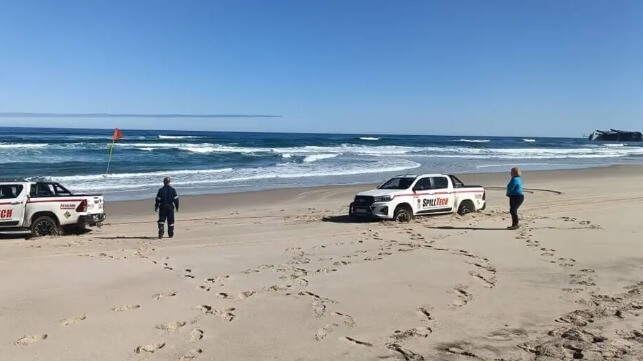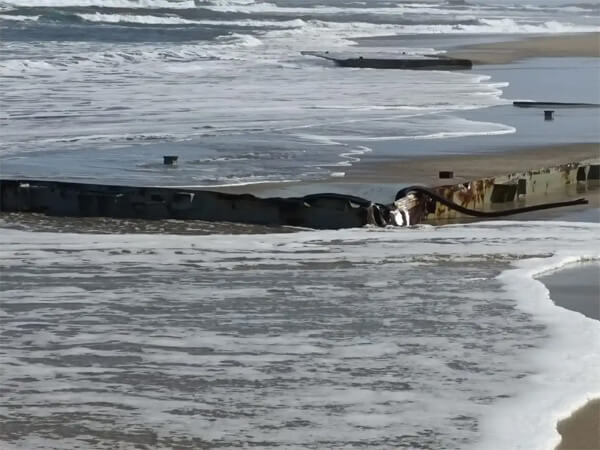Orcas Sink Yacht in Strait of Gibraltar
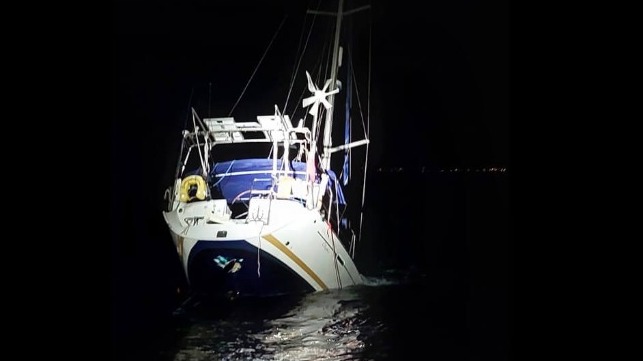
The crew of a British yacht had to be rescued after an orca sank their vessel in the Strait of Gibraltar, according to Spanish authorities. It is the latest in a long-running series of "interactions" between orcas and midsize sailing yachts off the coast of Spain.
On Wednesday night, the Maritime Rescue Coordination Centre at Tarifa received a distress call from the yacht Bonhomme William. The crew reported that their vessel had been disabled by orcas, which had hit it several times, and was adrift about two miles off Punta Camarinal in the strait's western entrance. The rescue vessel Salvamar Enif got under way for the scene, and as it transited to rendezvous with the stricken Bonhomme William, the yacht's crew radioed to report that the orcas continued to strike the disabled vessel. The pod of assertive killer whales caused so much damage that the yacht began taking on water, and it was clear that it was in danger of sinking. The crew deployed their life raft as a precautionary measure while they awaited rescue.
Salvamar Enif's crew arrived on scene, rescued the three sailors and retrieved some of the hazardous materials aboard the yacht. By the time they departed, Bonhomme William was halfway submerged with its stern in the air, and it later sank. The responders safely rescued all three crewmembers from the sailing vessel and delivered them to shore in Cadiz.
It is the second orca-related sinking in three months in the same area. In May, the pod of orcas intercepted the yacht Alboran Cognac off Tangier, on the Moroccan side of the strait. The interaction left the yacht leaking and disabled, and the two crewmembers had to be rescued by a passing tanker.
A small number of orcas in Spain's nearshore population have been targeting yachts regularly since about 2020. These killer whales are specific in their preferences: According to researchers, the orcas always target sailing yachts measuring less than 15 meters long, usually while under way. They appear to be indifferent to the crew. (There has never been a recorded fatal orca attack in the wild - a reassuring fact, since they are among the ocean's most capable predators.)
Some scientists who have studied the yacht-strike pattern believe that it is a form of play: the whales are all juveniles from the same pod, and may simply enjoy slamming sailboat rudders to watch the boats spin around. A competing theory, suggested by biologist Alfredo López Fernández of the University of Alviedo, is that an orca was injured by a vessel at some point in the past and its family is taking revenge. Whatever the cause may be, the orcas ignore fishing boats and other working vessels, saving all their energy for yachts alone.
